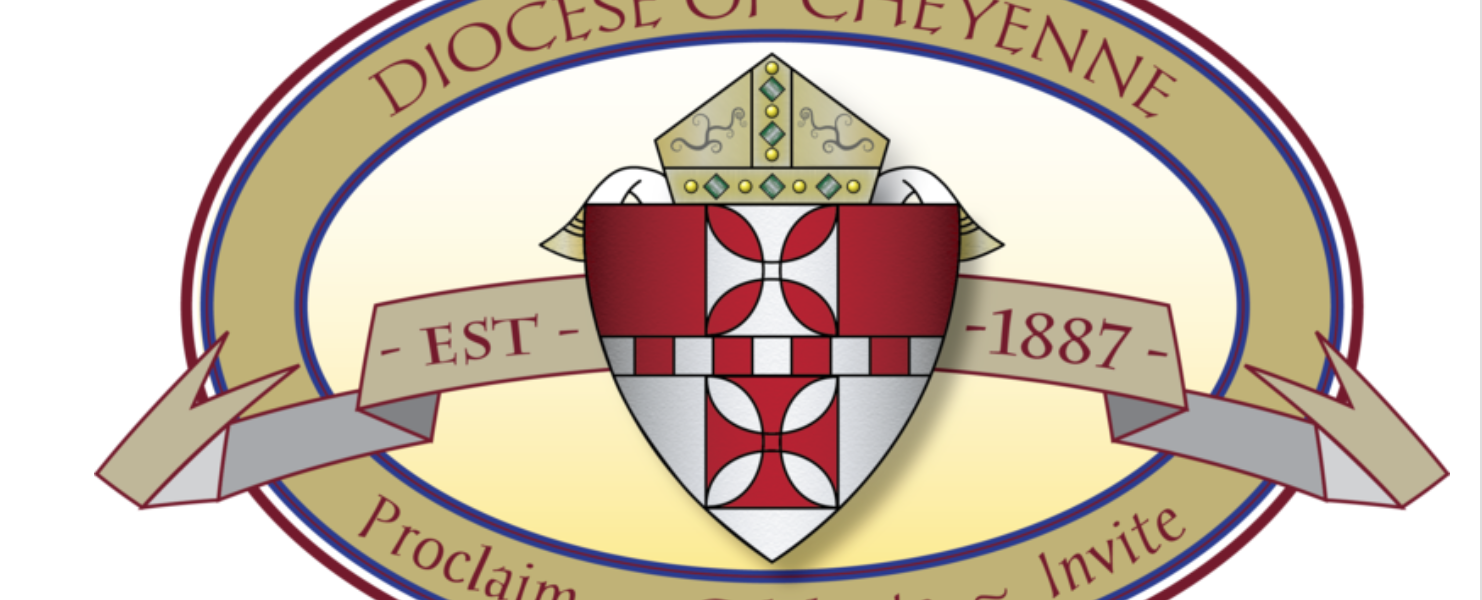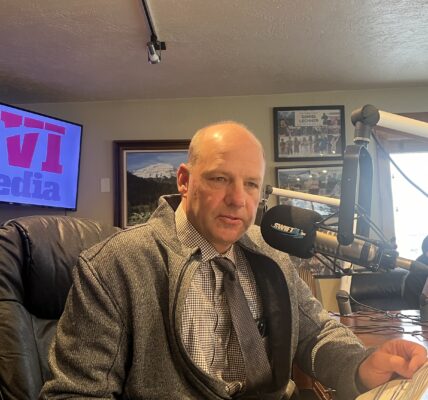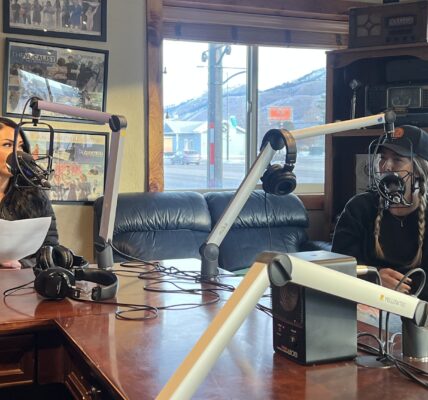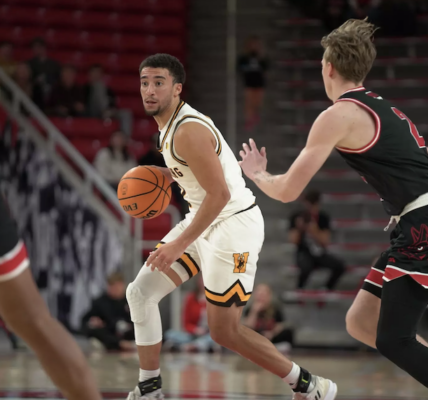By Seth Klamann, Casper Star-Tribune
Via- Wyoming News Exchange
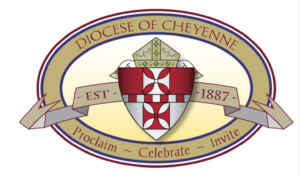
CASPER — More people who say they’re victims of sexual abuse at the hands of Wyoming clergymen have come forward since the release in early June of a list of 11 men who the Diocese of Cheyenne deemed had faced substantiated accusations of abuse.
That list identified 30 known and substantiated victims of the 11 men. Twenty-nine victims were juvenile boys and girls, while one was identified by the diocese as a vulnerable adult. It’s unclear how many more victims have come forward since the list was released in the diocese’s newsletter and on its website June 12.
“The Diocese of Cheyenne respects the privacy of all victims and survivors of sexual abuse and therefore does not publish their names,” Patti Loehrer, the diocese’s chancellor, told the Star-Tribune in an emailed response to a list of questions previously sent by the newspaper.
Loehrer said the diocese’s list is a “living document and will be updated on the diocesan website if new allegations are made and substantiated.”
The list has not been updated to include new victims or new clergy since it was published two months ago, suggesting the diocese has not completed any subsequent investigations brought by the new victims who’ve come forward. Loehrer said the diocese “does not publicize if it is conducting an investigation. We publicize the results.”
As part of its process in crafting the list of credibly accused priests, Loehrer wrote, the diocese hired Nussbaum Spier LLC, which has a history of conducting such reviews. The law firm interviewed victims and reviewed files, a process that included considering bishops, 253 priests and 45 deacons.”
Diocese “files were studied, and they reflected the previous reports of allegations,” the chancellor added.
It’s unclear when the diocese became aware of the 30 allegations made against the 11 men on the list. The list, which covers abuse allegations from the 1950s to 2003, includes when the men’s suspected periods of abuse were, and it appears that several of the men continued to work and be reassigned after these periods of abuse began and ended.
Rev. James Power, for instance, was in Buffalo during his “period of abuse.” He then went to St. Patrick in Casper, where he was for most of this period. He finally was transferred to St. Rose in Torrington, where sources have told the Star-Tribune he was again moved — this time to Ireland.
Rev. John Murray was in Casper for his entire period of abuse, listed as 1976 and 1977. He worked in 15 total Wyoming parishes. In a lawsuit filed in 2008 against Murray and the diocese by one of Murray’s victims, Murray is accused of telling the adolescent girl he was allegedly abusing that he had been transferred to Casper because he was previously caught abusing children and that he was being transferred again for the same reason.
As of press time, Loehrer had not responded to a follow-up email asking when diocesan officials learned of the various abuse claims. In a previous conversation with the Star-Tribune, she told the newspaper that the diocese was willing to share that information “with those who have been affected by abuse.”
It’s similarly unclear when law enforcement became aware of the allegations detailed on the diocese’s list. The diocese previously said it had informed relevant police of the allegations, but a number of agencies contacted by the Star-Tribune across the state all said they had not received any referrals from the diocese. The exception was the Cheyenne Police Department, which had been semi-publicly investigating priest abuse until last week, when it announced it was recommending charges against two men related to clergy abuse.
Asked again about law enforcement involvement, Loehrer wrote that “Ten of the eleven (men on the list) … had been previously reported to either the Department of Family Services, the local police or the district attorney where the allegation initiated.”
She added that the exception was Rev. Ron Stolcis, who is accused of abusing a vulnerable adult. He was not reported previously because “the law at the time did not require reporting this issue.”
As of press time, she had not returned a followup request for comment about when specifically police had been informed of the various abuse allegations detailed in the list.
Of the 11 men, the most well-known and prominent within the ranks of the Catholic Church is Joseph Hart. He served as a priest in Kansas City for 20 years and as bishop in Cheyenne for 25 more, retiring in 2001. He has faced repeated accusations throughout the past 30 years that he abused boys here and in Kansas City. He has consistently denied those allegations, though the Diocese of Kansas City-St. Joseph has settled with 10 men who have filed lawsuits alleging abuse by Hart over the years.
Cheyenne police announced last week that it was recommending charges against two men, one a clergyman and the other an “altar server,” related to abuse from the 1970s and 1980s. The announcement did not identify the men, but it did say the investigation stemmed from a case initiated in 2002 and reopened in 2018. In 2002, Cheyenne police investigated Hart, but the case did not proceed. Last year, the department acknowledged it was again investigating Hart.
Hart is still a member of the clergy. His public ministry has been restricted — meaning he cannot publicly celebrate Mass — and he was previously asked by current Cheyenne Bishop Steven Biegler not to attend Biegler’s formal appointment in 2017.
While authorities in the U.S. appear to be considering criminal charges against Hart, church leaders in Rome are moving forward within their own judicial process. When the Diocese of Cheyenne completed its internal investigation of Hart in summer 2018, it forwarded the results of that work to Rome. Multiple Catholic media outlets report that Hart is now slated to face a trial, likely in front of five bishops and potentially in Rome, to determine his guilt in the eyes of the church.
The process is handled not by the pope but by the Congregation for the Doctrine of the Faith, which centuries ago was used as an instrument against heresy. The congregation is overseen by a cardinal and composed of bishops, archbishops, priests, lawyers and laymen.
It’s unclear exactly where Hart is in that process. Calls to his Cheyenne attorney in recent days have not been returned. Loehrer told the Star-Tribune that “Pope Francis granted authorization to proceed toward adjudication of the case” and that it was “a canonical process to make a decision on the case.”
A spokesman for the Archdiocese of Denver, which oversees the Diocese of Cheyenne, said he wasn’t aware of the status of the case. Depending on the outcome of the proceedings in Rome, Hart could be removed from the priesthood by church leaders.

